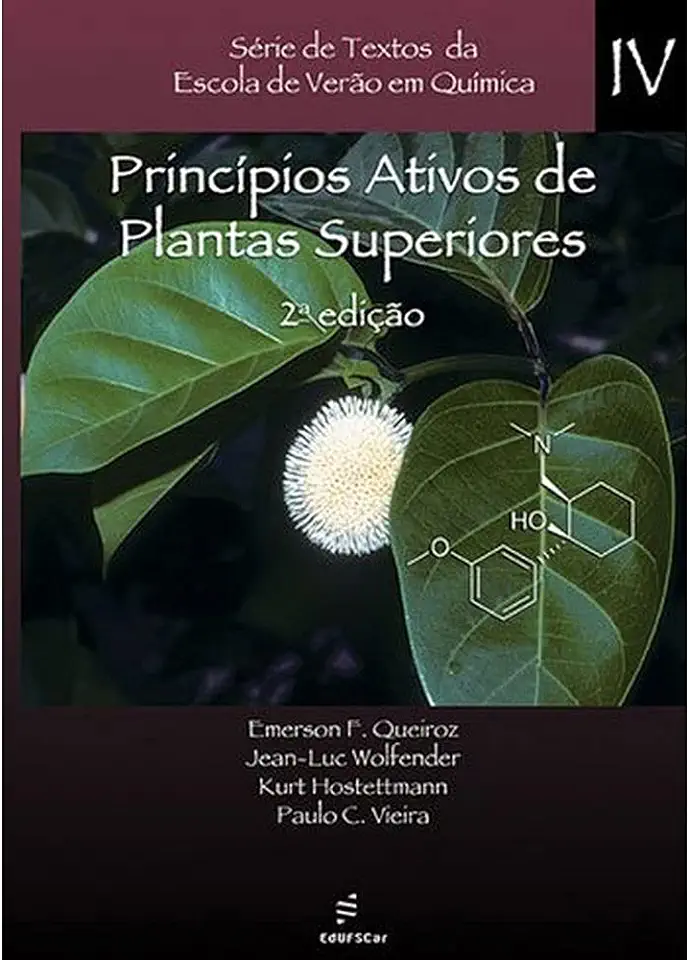
Plant Drug Analysis: A Thin Layer Chromatography Atlas
Plant Drug Analysis: A Thin Layer Chromatography Atlas
Introduction
Plant Drug Analysis: A Thin Layer Chromatography Atlas is a comprehensive and authoritative resource for the identification and analysis of plant drugs. This book provides a detailed overview of the techniques used in thin layer chromatography (TLC), as well as an extensive collection of TLC plates and chromatograms of over 100 plant drugs.
Key Features
- Comprehensive coverage of TLC techniques: This book provides a thorough introduction to TLC, including the principles of the technique, the different types of TLC plates and solvents, and the methods used to develop and visualize TLC plates.
- Extensive collection of TLC plates and chromatograms: This book contains over 100 TLC plates and chromatograms of plant drugs, making it an invaluable resource for the identification and analysis of these compounds.
- Detailed descriptions of plant drugs: Each plant drug is described in detail, including its botanical name, common name, chemical constituents, and medicinal uses.
- Well-organized and easy to use: This book is well-organized and easy to use, with a comprehensive index and a glossary of terms.
Benefits of Using TLC for Plant Drug Analysis
TLC is a powerful tool for the identification and analysis of plant drugs. It offers a number of advantages over other analytical techniques, including:
- Simplicity: TLC is a relatively simple and inexpensive technique that can be performed in any laboratory.
- Speed: TLC is a rapid technique that can provide results in a matter of minutes or hours.
- Sensitivity: TLC is a sensitive technique that can detect even small amounts of plant drugs.
- Specificity: TLC is a specific technique that can be used to identify and distinguish between different plant drugs.
Applications of TLC in Plant Drug Analysis
TLC is used in a wide variety of applications in plant drug analysis, including:
- Identification of plant drugs: TLC can be used to identify plant drugs by comparing their TLC profiles to those of known standards.
- Analysis of plant drug constituents: TLC can be used to analyze the chemical constituents of plant drugs, including alkaloids, flavonoids, terpenes, and steroids.
- Quality control of plant drugs: TLC can be used to ensure the quality of plant drugs by verifying their identity and purity.
- Research on plant drugs: TLC can be used to study the chemical composition and biological activity of plant drugs.
Conclusion
Plant Drug Analysis: A Thin Layer Chromatography Atlas is an essential resource for anyone interested in the identification and analysis of plant drugs. This book provides a comprehensive overview of TLC techniques, as well as an extensive collection of TLC plates and chromatograms of over 100 plant drugs. With its detailed descriptions of plant drugs and its well-organized and easy-to-use format, this book is an invaluable tool for researchers, practitioners, and students in the field of plant drug analysis.